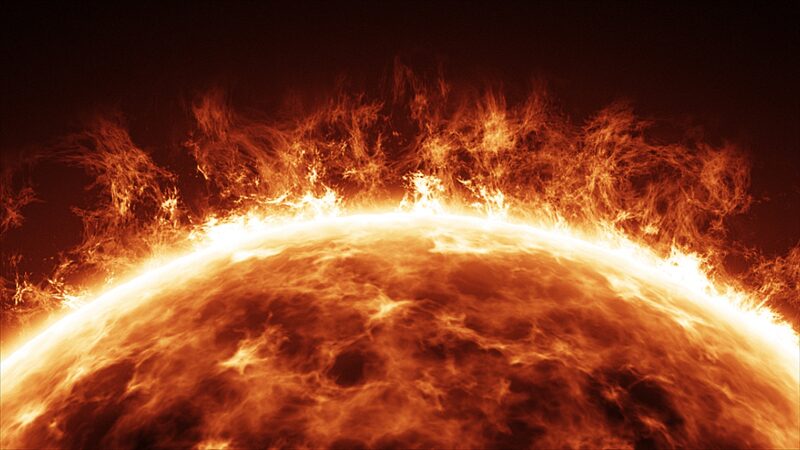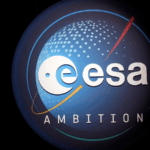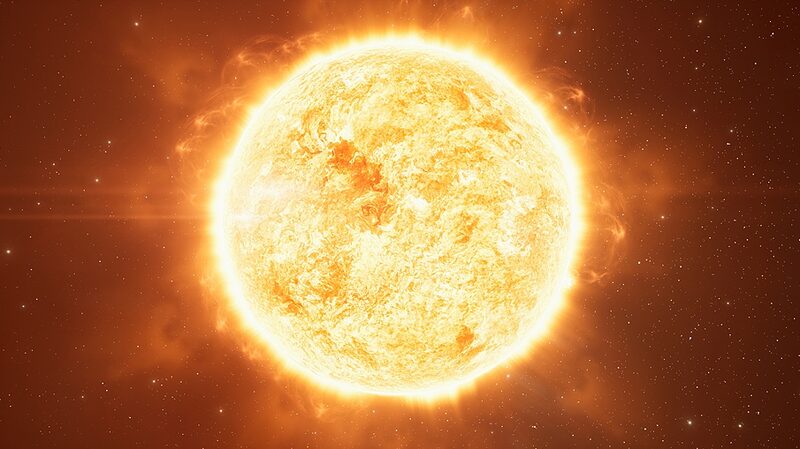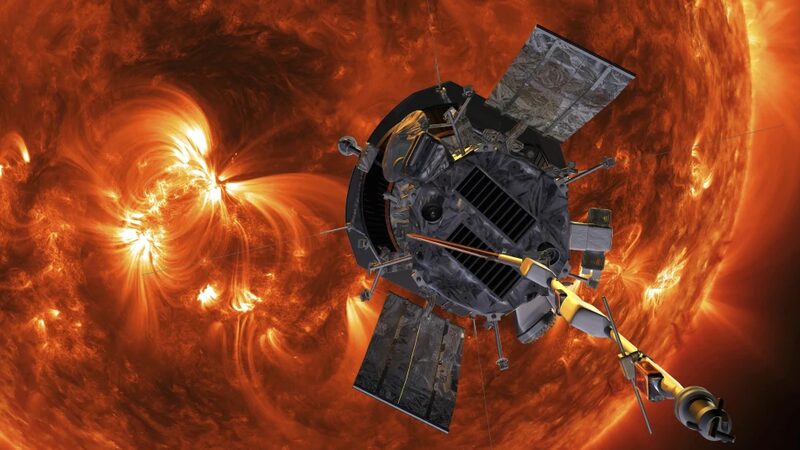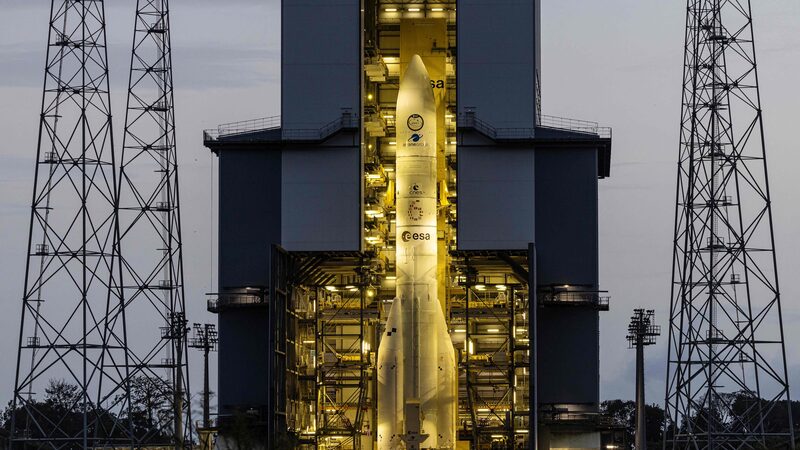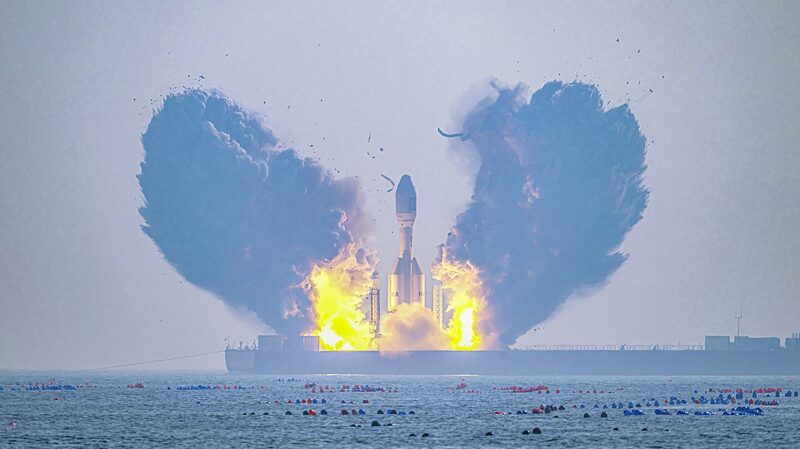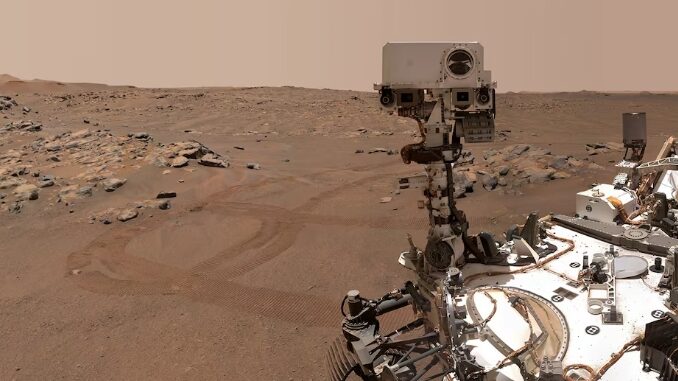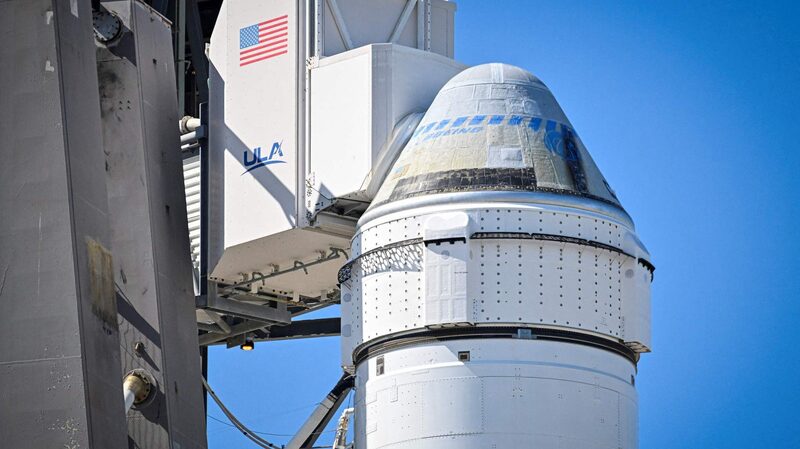NASA’s CubeSat Radio Interferometry Experiment (CURIE) is set to embark on a groundbreaking mission to explore the origins of radio waves from the sun, a key driver of space weather.
Scheduled to launch on Tuesday aboard the European Space Agency’s (ESA) Ariane 6 rocket from the Guiana Space Center in Kourou, French Guiana, CURIE will operate at an altitude of approximately 360 miles (580 kilometers) above Earth’s surface.
Developed by a team from the University of California, Berkeley, CURIE comprises two independent spacecraft, each no bigger than a shoebox. These twin CubeSats will orbit Earth about two miles apart, utilizing a technique called low-frequency radio interferometry—never before used in space—to study radio burst emissions from solar eruptions such as flares and coronal mass ejections.
“This separation allows CURIE’s instruments to measure tiny differences in the arrival time of radio waves, enabling them to determine exactly where the radio waves came from,” NASA explained.
By measuring radio waves in the 0.1-19 MHz frequency range—wavelengths blocked by Earth’s upper atmosphere—CURIE aims to provide unprecedented insights into solar activities that drive space weather phenomena, including increased auroral activity and geomagnetic effects on Earth.
The mission’s findings are expected to enhance our understanding of the sun’s behavior and its impact on the heliosphere—the vast region of space influenced by the solar wind—and could have significant implications for space weather forecasting, benefiting satellite operations, communication systems, and power grids.
CURIE’s innovative approach marks a significant milestone in space exploration, potentially paving the way for future missions to further unravel the mysteries of our solar system.
Reference(s):
cgtn.com
